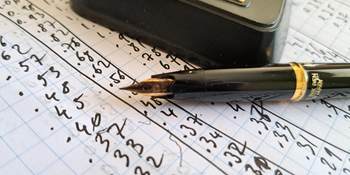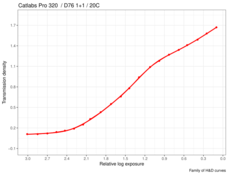I think a lot of the new films we are seeing, whether actual new emulsions or simply rediscovered old ones, come about because of the shift in how people work with images, and expect images to look. The decline of the darkroom and the ascendence of digital photo manipulation, plus the general look of digital photography (higher native contrast, sharpness and acuity), mean that there is more room now for what many would deem "experimental" films. The overall look of CatLabs 320 is one example - it has an inherent graphic, high contrast look. It is not meant to faithfully record a scene (that requirement is met by a phone camera nowadays), but rather to convey an emotion.
These film are popular because they look "sort-of" digital (they have a familiar contrast structure), and they have a built-in "filter". Part of the charm and attraction may be that this "filter" (look) is somehow predetermined by the film and not by the users choice - in other words, you can have a cool looking shot "straight out of the camera" instead of with an Instagram filter. That makes it seem more legitimate to some.
If that is the way the film was intended to be, you'd think that is the way CatLABS would have marketed it. But I don't know much about marketing, other than it is the practice of psyops on the consumer.
Last edited:






